EXAMINATION
1. Make sure the clutch master cylinder rod end moves freely. Its movement must not be restricted by the clutch pedal.
• If there are obstructions to the free movement of the stem tip, remove the stem tip and check for deformation or damage. Do not reinstall the stem until step 2 has been completed.
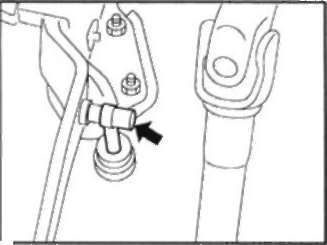
2. Check the free travel of the clutch pedal.
a. Move the clutch pedal up and down by hand with the clutch master cylinder rod end removed and make sure it moves freely.
b. If sticking is observed, replace the clutch pedal assembly. Then check again that the clutch master cylinder rod tip moves freely.
3. Check the position of the ASCD (cruise control) clutch switch.
a. If the rod end is sticking, make sure the clutch pedal is not under load from the cruise control clutch switch that is causing the rod end to stick. In this case, disconnect the connector from the switch and adjust by turning the cruise control clutch switch.
b. Connect the connector to the cruise control clutch switch.
4. Check for sticking hydraulic clutch components (clutch master cylinder assembly, concentric slave cylinder),
a. If sticking is observed, repair or replace the relevant components.
b. In case of repair of the clutch hydraulic drive, bleed. See below.
Note: Do not use a vacuum or mechanical device to bleed the hydraulic drive, as such devices do not completely remove air from the system.
ADJUSTMENT
Adjust the position of the ASCD (cruise control) clutch switch (1) so that the clearance between the clutch pedal (2) and the threaded tip of the switch when the clutch pedal is fully released becomes equal to the value "A".
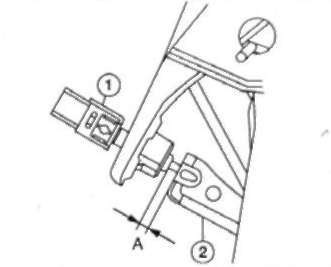
Gap "A": 0.74-1.96 mm
Source: http://automn.ru/nissan-qashqai/nissan-48910-10.m_id-7197.m_id2-7198.html
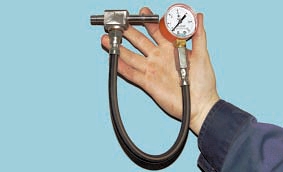
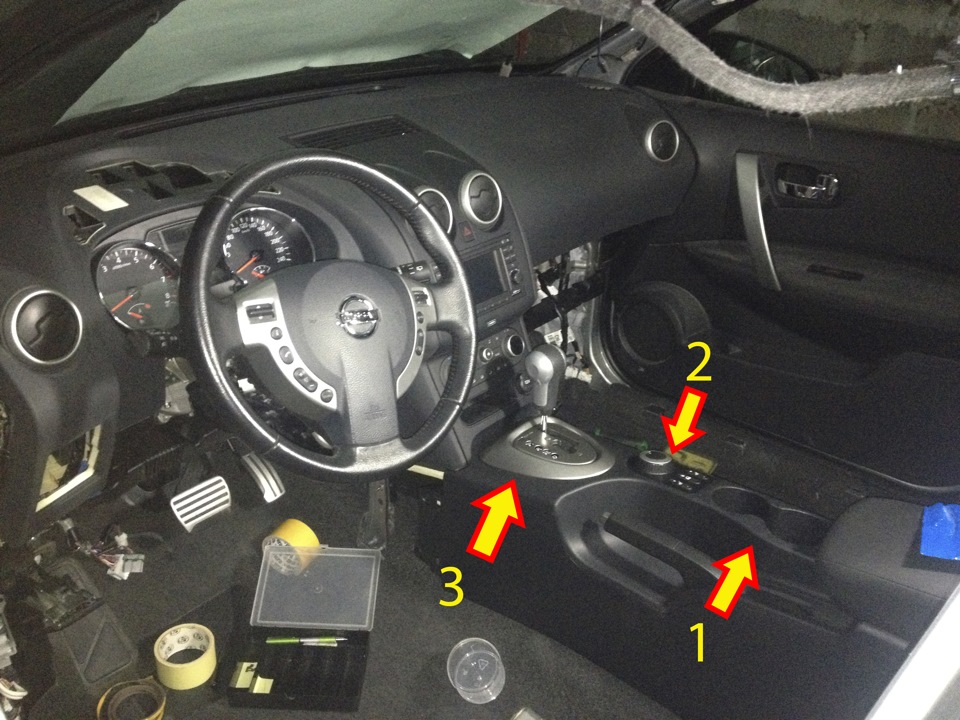
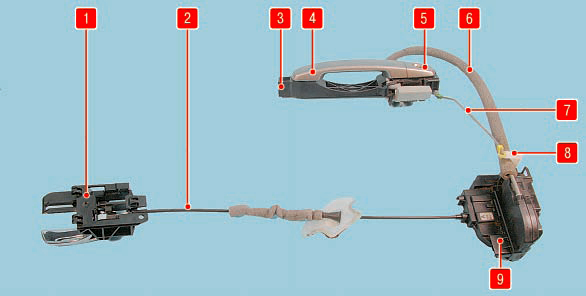
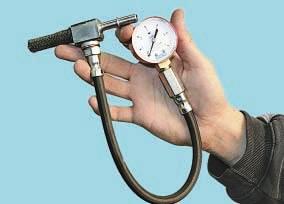
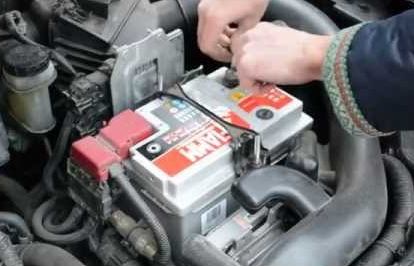
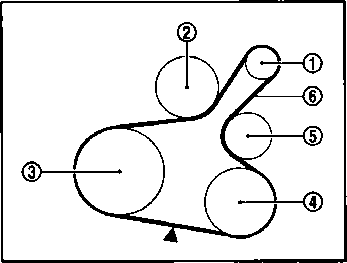
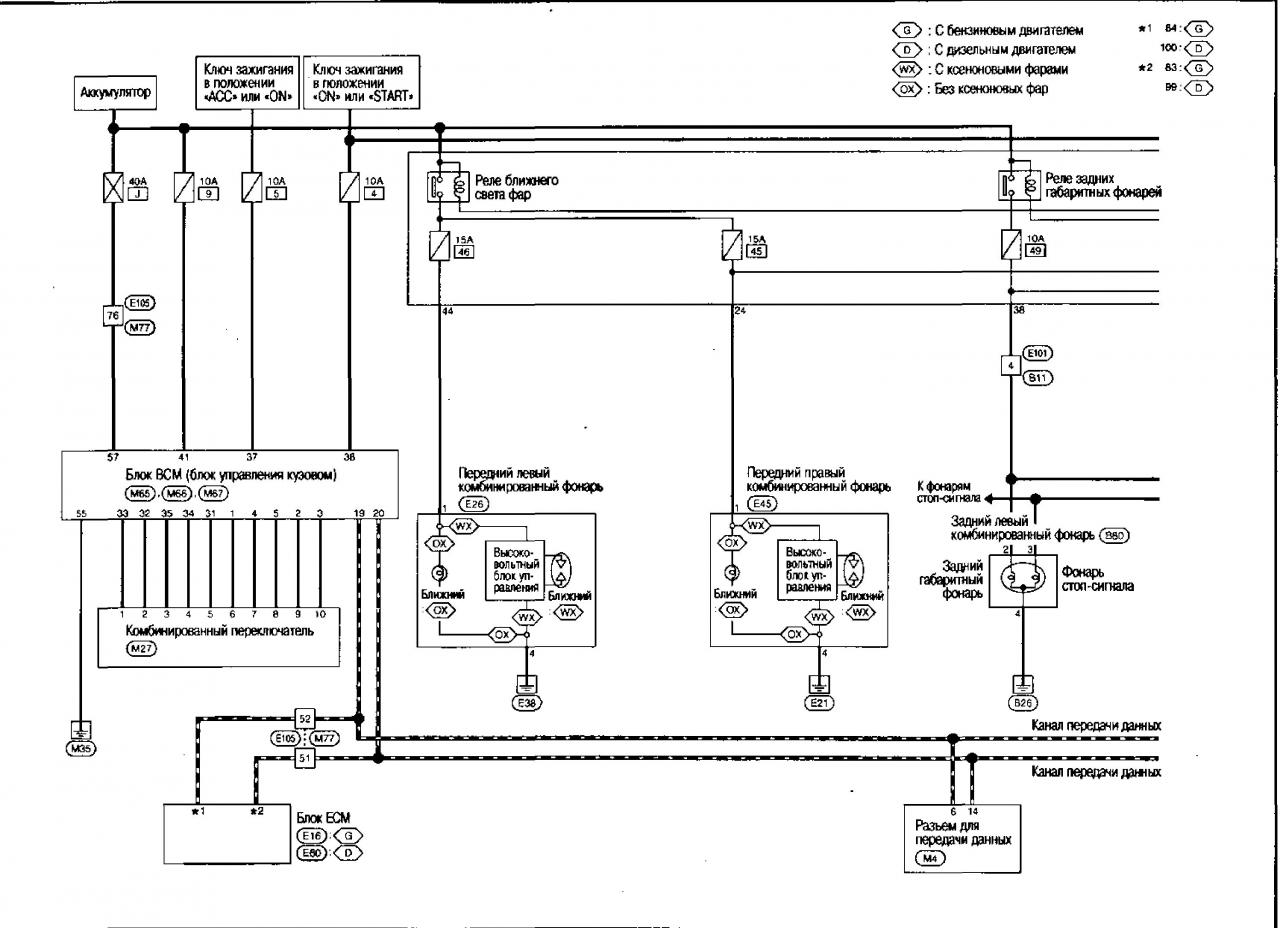
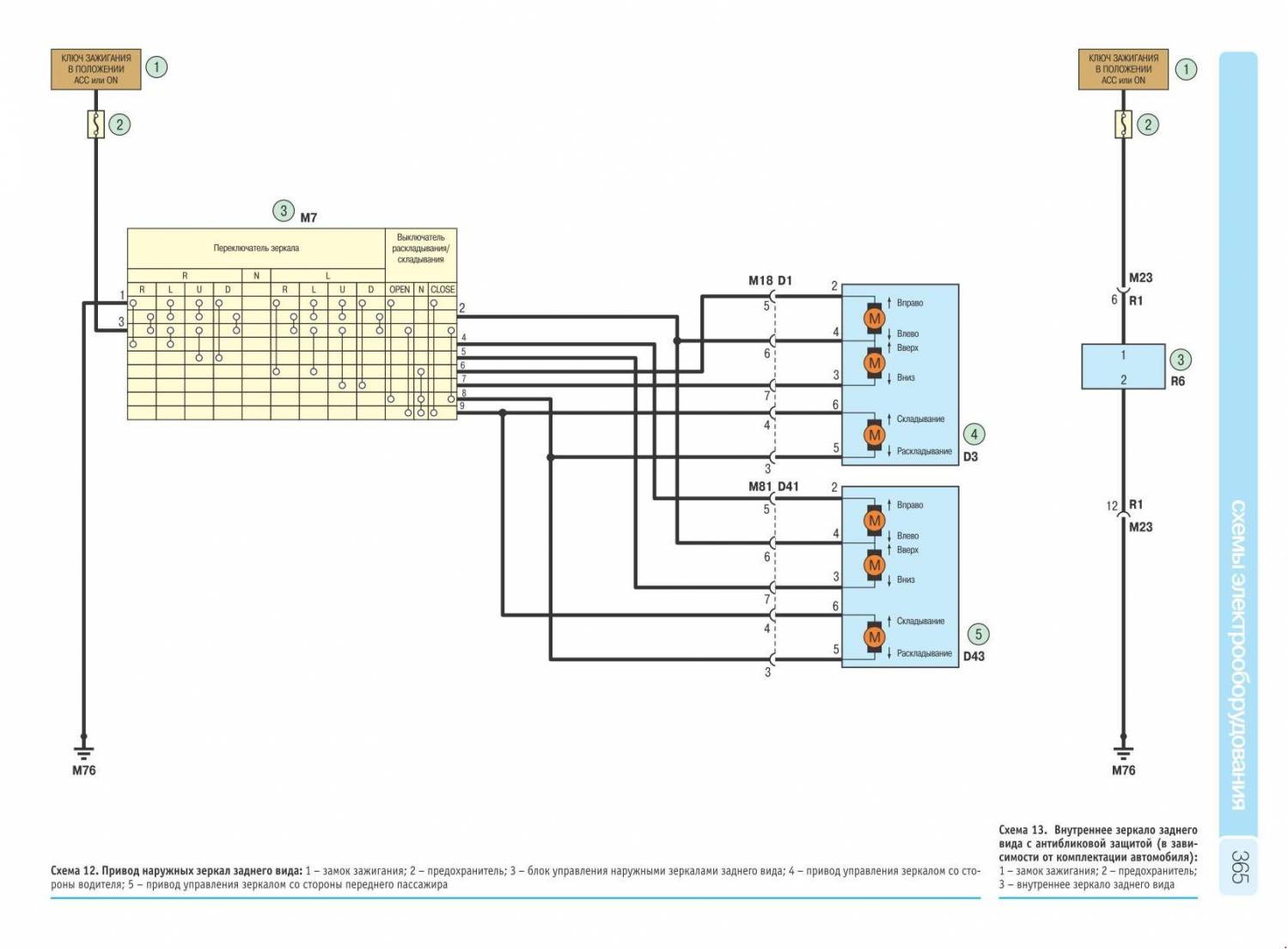
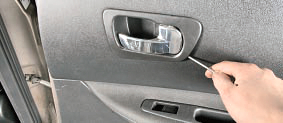
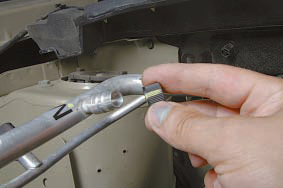
![1 generation [2007 - 2010]](/uploads/Nissan_Qashqai_2007-2010_.jpg)
